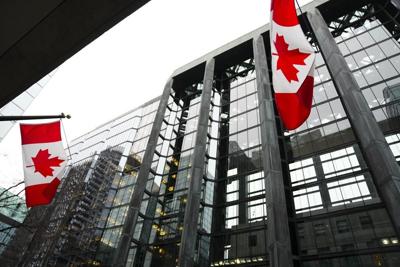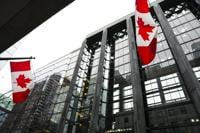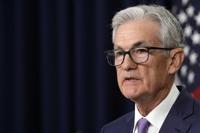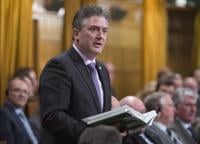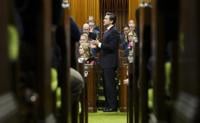The Bank of Canada's steep rate hike cycle could be coming to an end, but don't expect rates to start going back down any time soon.
Following Wednesday's half-percentage point increase, future decisions will depend on a range of data, including consumer demand, business activity, and of course inflation, said Bank of Canada Deputy Governor Sharon Kozicki Thursday.
"We've gone from a world where we were trying to decide how much each policy increase needed to be, to a world where we're now asking the question of if we need to be increasing the policy rate," she said at a press conference after delivering a speech in Montreal.
The shift in tone is significant after seven consecutive rate increases that have left the target rate at 4.25 per cent for the highest since 2008.
The bank, however, showed that it's still concerned inflation could become entrenched (meaning consumers start to expect and accept higher prices ahead) by increasing its policy rate Wednesday by a half percentage point to come in at the higher end of expectations.
"We're in a world where we still have high inflation. We still have high short-term expectations of inflation, we still have evidence of excess demand," said Kozicki.
The bank has also had to keep raising rates in part to make up for past forecasts on inflation that fell short. Kozicki said that the "lion's share" of past forecast errors were because the bank had not anticipated a lot of global factors, making up about two-thirds of forecast errors. She said domestic factors have become more important this year, emphasizing the need for the bank's aggressive policy actions.
While rates are at an almost 15-year high, Kozicki warned that it will still take some time for those higher rates to flow through the economy and push the inflation rate, which stood at 6.9 per cent in October, back toward the bank's two per cent target.
The bank is aware these higher rates are putting pressure on borrowers, but the strain is also part of the plan to reduce domestic demand that is still too high.
"When individual households are paying higher mortgage rates, we understand that this is really, really difficult," said Kozicki.
"From a broader macro point of view, what it's signalling is they’re probably going to be cutting back on some of the other spending. And that's an example of a reduction in demand. That’s going to help supply to expand, to catch up to where demand is."
She said that as it stands, companies are passing along price increases too easily as consumers continue to spend despite price increases.
More interest-rate sensitive sectors like housing have already started to slow, but the bank is still seeing overheated demand for things like hotels and restaurants, while food prices continuing to rise even though prices for underlying commodities are down.
The bank does try to look at what is happening at the individual household level, but ultimately its mandate is to get inflation under control, said Kozicki.
“We're taking our decisions on a much more aggregate basis, because in the end, it's about achieving our inflation target, which is the ´şÉ«Ö±˛Ą inflation rate, and we only have that one instrument, we can’t target different segments of society.”
This report by ´şÉ«Ö±˛Ąwas first published Dec. 8, 2022.

